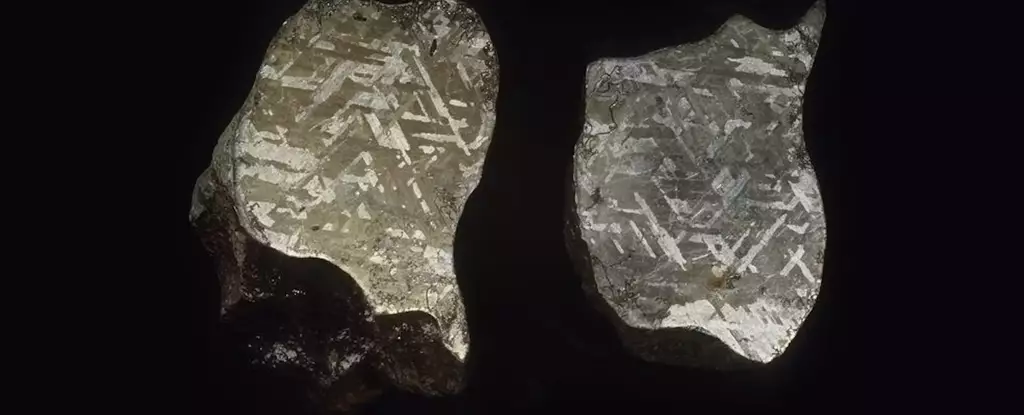The study of Earth and the other planets in our Solar System is a fascinating field that continues to captivate planetary scientists worldwide. One of the key methods used to understand the formation and evolution of these celestial bodies is through the analysis of rocks from space. While this might sound like a task straight out of a science fiction novel, it is indeed a critical aspect of planetary science research.
Exploring the Challenges of Obtaining Space Rocks
Obtaining these space rocks, however, is no easy feat. Sending spacecraft to asteroids or other planets to collect samples and return them to Earth is not only challenging but also comes with a hefty price tag. An alternative method is to study meteorites, which are space rocks that have fallen to Earth. Although meteorites are valuable resources for scientific research, they are relatively rare, and their condition upon arrival on Earth is often compromised due to their journey through the atmosphere and the impact with the ground.
In a recent study, a team of researchers analyzed glass fragments found around a 5,000-year-old meteorite impact site in the Northern Territory. What they discovered was truly remarkable – a significant amount of metal from the meteorite itself was present in the glass, providing concrete evidence that the craters at the site were indeed formed by a cosmic interloper. This discovery not only sheds light on the composition of the intruding object but also opens up new avenues for understanding the formation of impact sites.
Glass, a substance commonly associated with human-made products like windowpanes and kitchenware, also occurs naturally in the environment. Most natural glass, such as obsidian, is produced by volcanic activity, but a smaller amount is generated through lightning strikes and asteroid impacts. When analyzing natural glass, researchers engage in forensic investigations to determine its origin. The findings of these analyses can provide valuable insights into the nature of the glass and the processes that led to its formation.
The study discussed in the article focused on glass samples collected from the Henbury crater field in the Northern Territory. These impact craters, dating back to around 5,000 years ago, have yielded meteorite fragments that have been crucial in unraveling the mysteries of cosmic glass. The glass samples from this site contained a remarkable concentration of elements from the meteorite, particularly iron, nickel, and cobalt, indicating a profound connection between the glass and the space rock.
The presence of elevated levels of iron, nickel, cobalt, chromium, iridium, and other rare elements in the glass from the Henbury crater field highlights its cosmic origin. Similar glass samples from impact sites in Egypt and Saudi Arabia also exhibit high levels of meteorite residues, further underscoring the importance of studying cosmic glass for understanding the dynamics of impact events. The findings suggest that meteorite-rich glass is a common feature in craters worldwide, offering valuable insights into the celestial origins of these geological formations.
The discovery of meteorite residues in natural glass not only confirms the impact of celestial objects but also provides critical evidence for cosmic events. With NASA embarking on missions to collect rock samples from Mars and other celestial bodies, the study of cosmic glass from impact sites on Earth offers a unique perspective on the broader field of planetary science. By unraveling the secrets of meteorite-rich glass, scientists can piece together the puzzle of our cosmic heritage and gain a deeper understanding of the forces that have shaped our Solar System.
The analysis of cosmic glass from meteorite impact sites represents a promising avenue for unraveling the mysteries of our universe. By studying these unique geological formations, researchers can uncover valuable insights into the origins of our Solar System and the complex interplay between celestial objects. As we continue to explore the secrets of space, the study of cosmic glass will undoubtedly play a crucial role in expanding our understanding of the cosmos and our place within it.



Leave a Reply